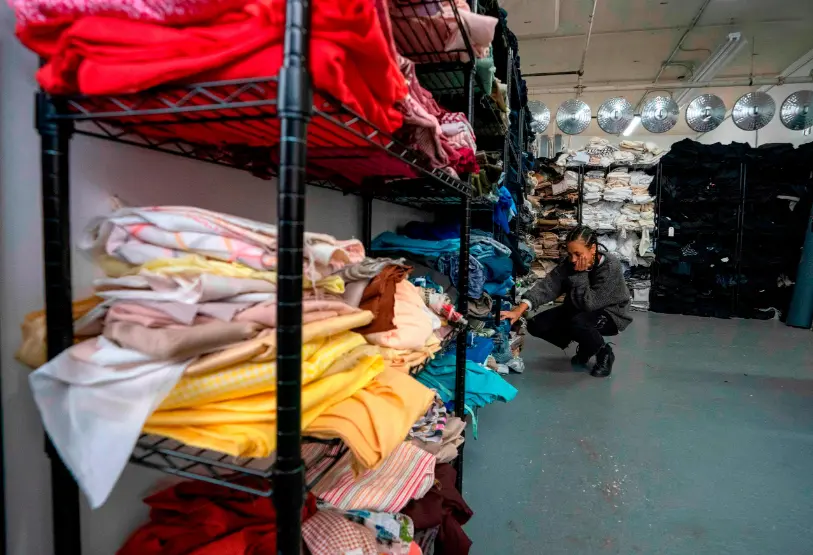Recyclers struggle with delay and higher costs and need political support.
The current international situation for the used clothing and textiles recycling industry is still dominated from the fall out of the Covid pandemic. That may not be a surprise but it appears that it is exporters of used clothing and textiles who are making the loudest noises about the resultant shipping crisis – at least compared to others from the reuse, recycling and waste sector.
The outbreak has resulted in containers being stuck in ports in different parts of the world because the goods within them are being quarantined; or they are waiting to be filled with products; or there is simply not the required staffing levels or shipping services to move the containers. The result is that deliveries and shipment of containers are being significantly delayed and costs have skyrocketed.
Delays of several days in the delivery of containers going into warehouses are commonplace. This in itself can be a big enough headache for collection and sorting businesses, especially if they working in small premises and are dependent on items being moved efficiently in and out of their warehouses. But even when the containers have been filled and sent off, the problems don’t end there.
With the actual number of services being cut back, shipping companies have taken to diverting containers to ports in third party countries. Where this happens, the containers can be held up for several weeks before eventually being shipped on. As a result shipments that normally take one month are sometimes taking up to four months to arrive at their final destination.
Freight costs
It is not only the delays but also higher bills that are causing major problems. At the beginning of this year, increased freight costs finally caught the attention of the mainstream media. Retailers in Europe, many of which still reeling from the Covid outbreak, were quoted as saying that the costs of importing goods had increased by around 600% over the last 12 months.
It is, of course, inevitable that some of these costs have had to be passed on consumers. The rise in the costs of sending containers from Europe to other parts of the world has not risen by quite as much but most actors in our field would not disagree with the estimate that these have more than doubled in the last 12 months. For an industry that operates on tight margins, this is highly problematic.
Want to read the full textiles market analysis? Stay tuned for our new issue!
Don't hesitate to contact us to share your input and ideas. Subscribe to the magazine or (free) newsletter.



